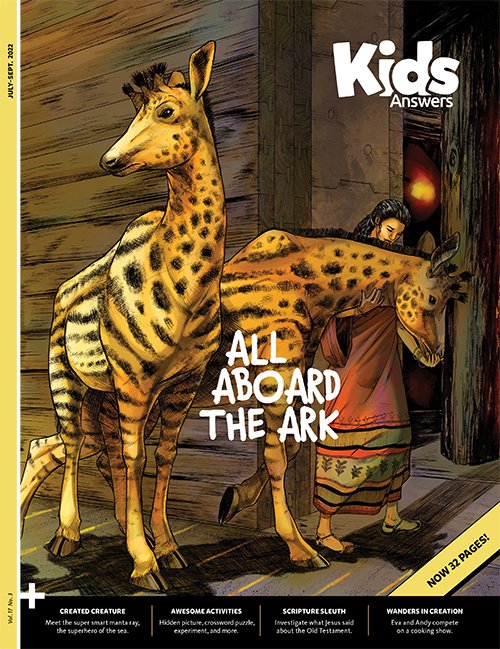Mighty Magnets
Unlocking Science
by Roger Patterson on July 1, 2022Most rocks don’t stick together. But rocks that contain iron ores attract other rocks and materials containing iron. These rocks are called magnetite or lodestone.
Rather than digging up magnetic rocks, we can make magnets. After heating a combination of copper, iron, nickel, aluminum, cobalt, titanium, and sulfur, we can use electricity to create a magnetic field (the area around a magnet that attracts or repels material).
Because these man-made magnets are stronger than natural magnets, we can use them in helpful ways—besides sticking notes to the refrigerator.
A magnet makes the needle of a compass point north so we know where we’re going. Doctors look inside our bodies using powerful magnets in MRI machines. Microwaves, computers, and fans all use magnets. And some trains run by using big magnets under the train and on the track.
Sometimes magnets can just be fun. Try out this magnet maze and challenge your friends to see who can keep the magnet on the path. Let’s do it

Hello there! I’m Roger Patterson, the host of Unlocking Science on Answers TV. Let’s have some fun as we investigate God’s amazing creation.
Let’s Do It!
Magnetic Maze Supplies
- 2 magnets (a strong magnet and a weak magnet)
- A steel ball/ball bearing (or a small weak magnet)
- Markers
- Scissors/utility knife
- Cardboard

Make the Maze
- On a piece of cardboard, use a marker to draw a maze or a path to follow.
- If you want, you can cut out traps or attach obstacles on the path to add a challenge.
Master the Maze
- Place the magnet under the cardboard and the steel ball (or another weaker magnet) on top at the starting position.
- Move the magnet along the underside to make the steel ball navigate through the maze without going outside the lines.
- Time how long it takes to navigate your maze.
- Have other people try to beat your best time.
- Use a stronger or weaker magnet to see how it changes your ability to complete the maze.
Ask Yourself . . .
Did the magnet have to be in direct contact with the steel ball or other magnet? How many layers of cardboard can the magnet work through? (Hint: a stronger magnet will work well through thicker cardboard.)
Will It Stick?
Place a magnet next to an object. If you can feel any force or if the magnet sticks, the object contains magnetic material (either iron, nickel, or cobalt). Be very careful—strong magnets can damage electronic items.
Fun Facts
- Any magnetic substance is called ferromagnetic (fareoh-mag-NE-tick).
- Ferrum is the Latin word for iron. Fe is the symbol for iron on the periodic table of elements.
Related Downloads
Experiment: Mighty Magnets
PDF DownloadKids Answers Magazine
All Aboard the Ark
The ark was a real rescue ship that God used to save Noah, his family, and the animals from the flood.
Browse Kids Issue- © 2024 Answers in Genesis
- Privacy Policy
- Contact
- About

